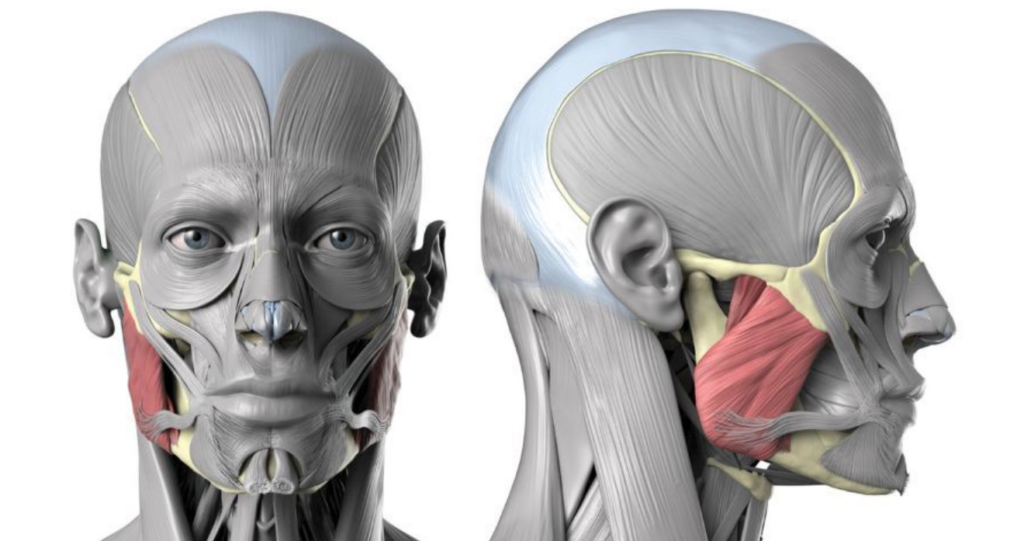Why My Opinion matters
“I’m famous, and I just don’t care” was the ostentatious, playful, very non-serious line from a song I wrote featuring a bunch of artists I’ve worked with.
But…. this song was not boasting about status, but rather a slice of sarcasm directed towards the silliness of ‘being famous’. The message was to give us that ‘who cares’ attitude. One line was ‘what’s the difference how big you get when you die…when you die?”
My point?
Sweepingly and blushingly, I’ll say this: I’m famous. Kind of. By numerical standards alone, I’ve spread my program, technique, message, exercises and ideology throughout the world.
Fast-Track Your Success!!
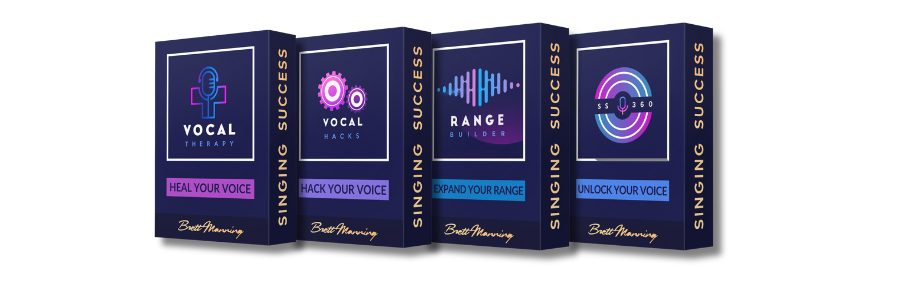
VIP Membership includes:
- Exclusive Facebook Group
- Interact with our vocal coaches–ask them YOUR question
- Live warmups
- Masterclasses and Q&As with Brett Manning and his guests
- SS360 QuickStart Program
- SS360 – The FULL Systematic Vocal Course
- Vocal Hacks
- Range Builder
- Mastering Mix
- Mastering Harmony
- Mastering Vibrato
- Vocal Therapy
- Plus…exclusive content only found here all along the way!
You can struggle on your own, or you can get direct access to the Nashville Coaches who have launched some of the biggest names in the music industry.
I’m loved and hated. (For my sanity and life joy, I’m going to go ahead and believe that I’m mostly loved 😉). I received the most incredible welcome from my Chinese students when traveling there for my 2nd time in 2019. I was blessed and honored to hear stories of vocal transformations with 100’s of singers that had used my Singing Success systematic vocal training program.
Having taught 10’s of 1000’s of singers, 100’s of masterclasses around the world, throughout North America, Europe and Asia, having several internationally best selling vocal courses, dozens of associates spreading my methodology all over the world in person and via Skype, I can say with confidence…..
The Testimonials Are In
I’ve been extravagantly blessed FAR beyond what I deserve to have introduced the world to a deconstructed and reconstructed version of Singing Success which is:
- Bel Canto singing- The historically recognized and celebrated Italian school of vocal coaching. Bel Canto is Italian for beautiful singing. So this methodology
- Seth Riggs’ famous and most efficacious methodology “Speech Level Singing” which allows singers to utilize ‘sustained speech’ to produce singing tones and disengages the superfluous (unneeded) musculature that interferes with free vocal cords vibration.
- I have also been extremely privileged to have colleagues of diverse schools of thought on singing and to have shared ideas throughout the last 40 years. (starting from my earliest vocal lessons before old enough to drive)
- I have become known as the man with a certain gift as pioneer and innovator to see inside the voice with my ears.
Now to the results…
Testimonials from Grammy winners, coffee shop singers, opera singers, indie recording artists, gospel singers, singers on American Idol, The Voice, X-Factor and countless other shows around the world have discovered and made the claim that my systematic vocal warm ups have been important to their success.
Pedagogy Power
Epistemology is the study of knowledge or philosophy of knowledge. How do we know what we know? I like to tell my students and my own kids to work towards epistemological self- consciousness, which means living and thinking consistently with your epistemology.
Pedagogy is the system of how a thing is taught, in theory and in practice. Having a strong pedagogical approach ensures the best vocal warm ups for singers.
Systematic vs Diagnostic
“Singing Success—a systematic vocal training program” was first released in 1998. By 2005 it was being sold around the world and according to my Asian students was the most pirated music or self help type course in all of China. This gives me mixed feeling. 😎 😮
This program was never designed to replace the diagnosis of a teacher and that is why I’ve certified dozens of teachers internationally to teach my systematic methodology using my studio’s diagnostic methods.
However, systematic training is needed in order to structure the safest and most effective method to maintain healthy vocal cords, consistent vocal range and to have a resource for the best vocal warm ups for singers ever created.
History vs Controversy: The Debate Over Scales
Years ago I wrote a song with a chorus that simply had these lyrics sung repeatedly:
“You were too late….” [repeat 4x]
This is what plays in my head every time someone says to me “this guy on the internet says that scales are actually harmful for your voice!” 🤦
Dude (or anyone else making this claim) you’re too late! The majority of the world’s greatest singers have used the effectivity of scales to warm up their voices. You would have to be cognitively dissonant to suppose the great Pavarotti was harming himself by doing vocal warmups with scales. This is why I say “you’re too late”

An Exception to the Rule
One more point: the above claim is merely an assertion. There’s no valid reason for this EXCEPT one that many coaches, including myself, have come to understand and warn singers about. Listen closely….
Exercise fatigue.Using the same vocal exercises throughout your life is a double edged sword. First side is that you develop a predictability that brings consistency as a singer. The other edge is that predictability can inhibit growth and discovery.
Disrupting patterns helps creativity and protects from stubbornness in the vocal cords displayed through an unwillingness to sing in coordinations or note patterns previously unfamiliar.
I’ll be dealing with how I’ve broken through the mental and physical barrier of the boring and mundane ‘exercise fatigue.’
Who Needs Warm ups and Why
If you play a sport, your body needs to be warmed up and coordinated for the activity you’re about to engage in. Every NBA player has a warm up routine to get their shot ready and to prevent injuries.
Simply put, no one jumps out of bed and sprints down the street without first warming up their muscles and getting some level of flexibility first.
This is why you should practice vocal warm ups habitually.
Every singer can benefit from warm ups as I’ll explain WHAT and WHY you need them. Personally, I’ve known 1000’s of professional singers who would barely be able croak out an octave melody when they first wake up. The voice is a complex instrument and if the vocal muscles aren’t activated through aren’t awakened with vocal warm up exercises, the voice will be limited and risk damage.
What is Vocal Warmup?
First off, no 2 coaches do vocal warmups the same. Effectivity has to be proven and can’t merely be assumed.
The purpose of the most common exercises….
A vocal warm up exercise is often singing easy scales on certain vowel and/or consonant patterns to warmup and coordinate the vocal folds (more commonly called vocal cords… vocal folds is more descriptive of appearance, vocal cords is more descriptive of function) chest voice to head voice. And most important (from my experience) locate your mixed voice and smooth over rough areas of the voice.
A huge part of vocal warm up exercises is to free up your high notes. I’ll be giving you some exercises that accomplish this. To be sure, my programs have these warms and dozens more.
Some optional warm ups are….
Many coaches, including myself, will often so a physical warm up before doing a vocal warm up. This is often preceded or followed by breathing exercises. But often 20 jumping jacks and 10 burpees is enough exercise to get the lungs activated and stimulate blood flow. Great circulation allows the vocal muscles to respond more rapidly vocal warm ups.
A great vocal warm precedes a great vocal performance. As I’ve said in my social media post on social media pages….
“The way you warm up is the way you’re going to sing!”
My 3 philosophies and types of warm ups for singers
WCW- warmup, coordinate and workout. Before muscles can coordinate, you need a vocal exercise that warms up the voice. These should be simple and non-challenging. Once the throat muscles are warmed up, you’re ready to stretch out and coordinate from chest voice to mixed voice and into your head voice. Now that you have flexibility, repeat and build muscle memory and endurance. This is the workout portion.
WCA– warmup, coordinate and application. The same as WCW, but instead of working out your voice, you’ll start singing songs, apply the technique to music.
WCP- Warm up, coordinate and perform. Just like the previous 2 steps in progression, you’ll be learning (with my Singing Success programs and one-on-one coaching from my certified coaches) how to warm up and coordinate just the right amount before your show. The step is something I’ve had to have deep focus and experimentation to find via carefully warming up many touring singers throughout the years.
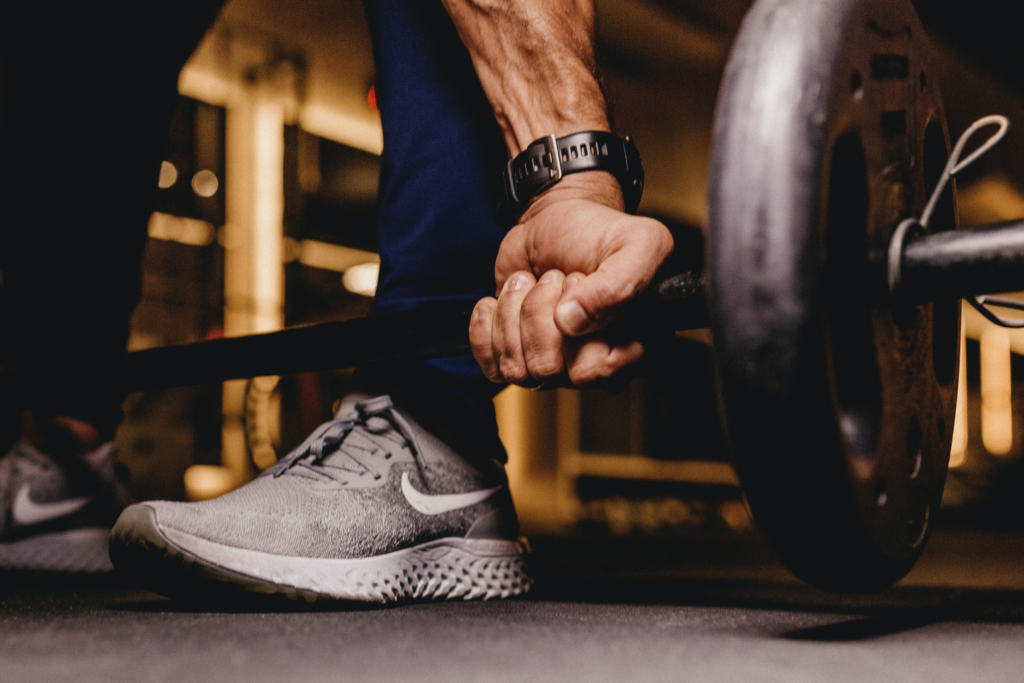
Vocal Exercises vs Warmups – Are They the Same?
As mentioned above, the WCW approach extends beyond warming up. It’s almost like lifting weights for your voice. Now I’ll admit that’s a terrible comparison, but not for analogy’s sake.
You see, if you go to the gym to play basketball, you really should just be coordinating your ‘basketball’ muscles and not doing all the things you might be doing in an intense basketball workout that may include squats, jumps, suicides and other excessive sprinting exercise.
This is where a coach can help you understand how to get your voice primed for performance.
Why Warm Up Your Voice?
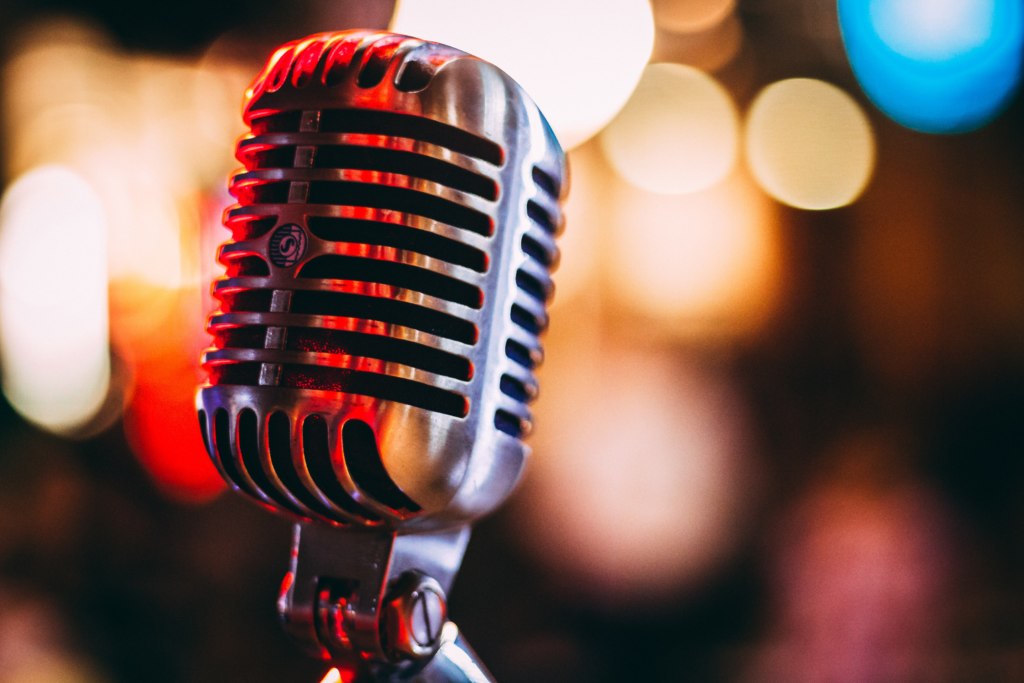
- Vocal warm ups trains Your mind and voice to respond to the notes you hear. In other words intonation- ability to sing in tune or on pitch.
- Improved Singing Voice. Maximizes freedom in the vocal cords which improves tone quality. Allows you to have a more expressive tone in your singing performance.
- Expand your vocal range. Unlocks tension when singing high notes and ensures vocal cord flexibility.
- Prevents voice loss and decreases fatigue. Erases most vocal strain.
- Singing scales improves your internal metronome so you sing in time, while simultaneously assisting breath control.
- Singing scales helps you to increase your range and volume in a non-forceful and incremental manner.
- Helps you turn a bad voice day into a good voice day. For more on this, check out my program for voice therapy.
https://singingsuccess.com/therapy/
Do Vocal Warm Ups Help Fight Vocal Fatigue?
Fatigue isn’t always caused by overuse, but can be caused from singing on a voice that isn’t warmed up. Virtually every throat doctor I’ve met believes and preaches good vocal health via professional voice training.
Every singing session needs to be consciously monitored to see what part of your voice is giving out. Effective vocal coaches know how to untangle unhealthy habits and change up your warm up exercises diagnostically.

Best Exercises for the Singing Voice
In this section I’ve chosen the simplest and most effective warm up exercises…. however, you can go to my YouTube channel and see samples of various kinds of warm ups. Also, my Singing Success 360 (SS 360) course has vocal warm ups and exercises for every area of the voice. This includes 7 technique lessons and 7 style lessons and tons more instruction.
However, for this section I’m going to give you warm ups as a combination of my average 1st time session and from my SS 360 QuickStart course (Only available in special offers or for VIP members)
https://singingsuccess.com/ss360/
Warm up your body
Warming up your body, as mentioned earlier can be a shortcut to getting proper breath support.
I’m a huge fan of squats. I do anywhere from 30 to 70 every morning, depending on what other exercise I’ll be doing later that day. Following this, I might do scissor crunches or double leg raises. Also a handful of pushups to my circulation kicked up a notch. Remember, a huge part of singing requires breathing. Now you’re ready for singing exercises.
*Watch for my ‘singer’s physical warmup’ soon to be added to my YouTube channel.
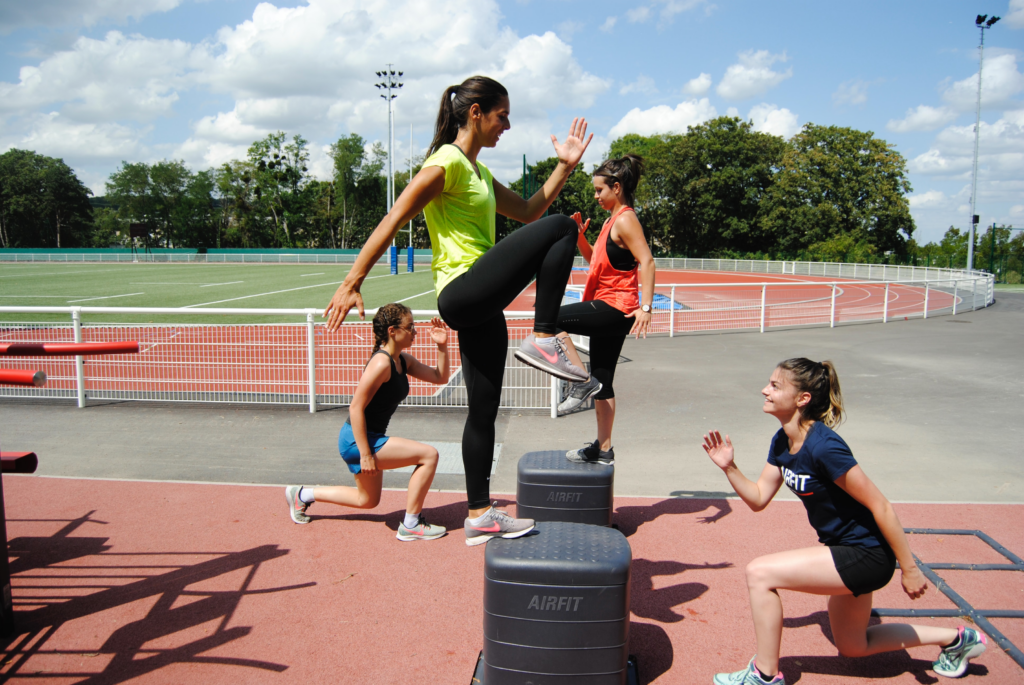
Warm up your vocal Cords
My all time favorite vocal warm up exercise is almost too simple. And so it should be. It’s a simple humming sound on a 5 tone scale. This puts the least amount of stress on the singing voice while maximizing the resonance in your mouth and pharyngeal resonator via using a nasal consonant sound.
Don’t try and go past your break area. a total of 5 to 7 key changes will give you a total of about and octave or more. Focus patiently on the lower, easiest places in your voice. Repeat.

Stretching and Vocal Range
Now your should be ready to coordinate into your high voice. We say stretching, but it’s a little bit of a misnomer. Because the cords will only be stretching a limited amount and then resonance will transfer higher into the head, which the exercises will ensure automatically through a vocal cord dampening effect.
This means that they zip up towards the high notes. This is great technology. If your can shorten the vibrating surface of your vocal folds, you’ll hit much higher notes with less effort. Like fretting a guitar string.
Lip trills or lip rolls
Also called lip buzz, the exercise is like a rapid series of B’s where the gently blow air through the lips to create a rapid trill.
The exercises is what is called a SOVT ‘Semi Occluded Vocal Tract’ exercise. To do this, allow the mouth open partially to create a back pressure against the vocal cords. These exercises are often used as vocal therapy but are often extremely useful to maintain a healthy voice.
The result of the lip trill is an amelioration of throat tension where the vocal cords experience equal ultimacy on every pitch. This gives us a feeling of ‘speech level’ sound making. Effortless stretching is allowed and not forced.
I typically do this exercise on an octave arpeggio styled scale or the octave and a half Rossini scale.
Tongue Trill Exercise
This is another SOVT exercise that frees up the voice, but the secondary benefit is that you have to let go of excess tongue tension to do this exercise. And yet this exercise encourages a letting go of bad tongue tensions. This is a top 3 vocal warm up for me… but ask me in a week and it will change.
This exercise can be performed much like the the lip trills and also loosens articulation for speaking or singing tongue twisters.
Vocal Straw Exercise
This amazing warm up exercise is performed by singing a narrow ‘oo’ sound into a straw. But I have several versions of this in my Vocal Hacks program because there’s multiple benefits via doing this several ways. This does much of with the lip trills and tongue trills do.
For now, you can place the straw in water and just like the lip trill, the sound will by regulated by back pressure and change is pressure.

Breath Control Exercises
Yes! Yes you need breath control. But…. once you’ve coordinated the singing voice into all the necessary coordination. Breath control is often a byproduct of proper vocal technique.
Breathing Exercises
Some may see these as optional. I’ve seen singers get worse while focusing on a breathing exercise, because they put too much stock in it and try too hard to breath right and thus create more tension. However, low breathing or diaphragmatic can be achieved through a few simple exercises. But to be sure, many singers tend stick out their chest like body builders when they sing. But the opposite should happen. The diaphragm is like a half basketball shaped muscle under the lungs that pulls the lungs downward displacing the viscera (stomach organs) forward.
Vocal warm ups can start with a deep breath to relax mind and body.
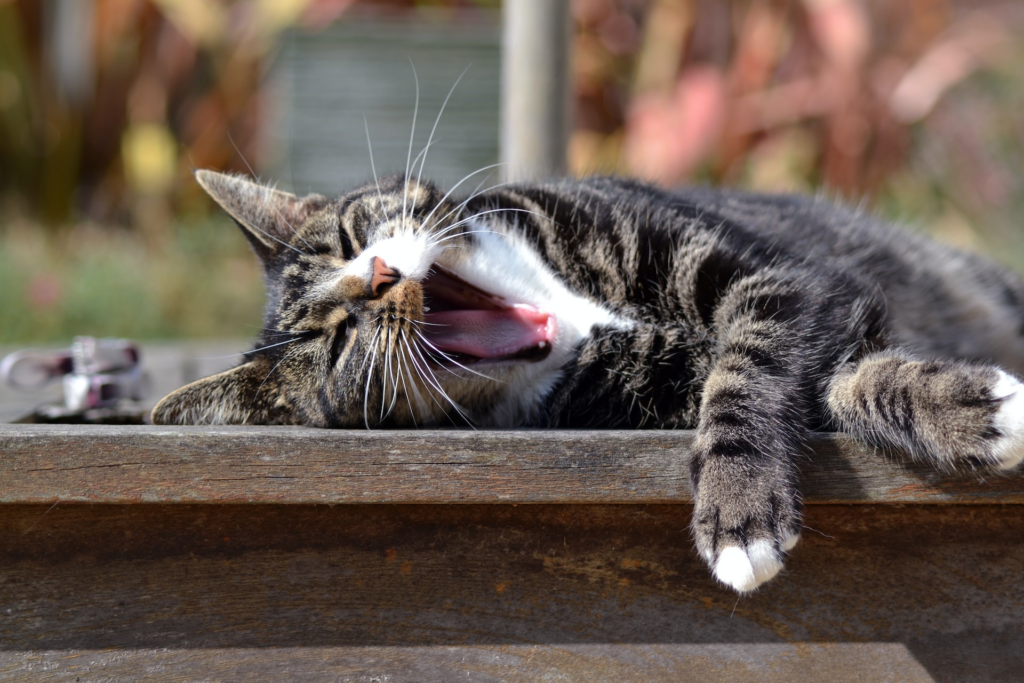
Yawn-sigh Technique
This exercise invokes a natural fulfilled need of oxygen in the body and relaxes the breath so that you can learn to slowly control the release of air.
Understand this as well, yawning gives you the sensation of a natural lowered larynx to free up your tone. But yawning while vocalizing isn’t the same a your singing voice. Its a temporary correction for a raised larynx.
Be sure to take a deep breath and inhale slowly. Breathe out slowly, making a hissing sound steady as if you were preparing to sing. Because….. you are.
panting exercise
Pant like a dog that just got back from chasing a rabbit. This will oxygenate the body and refresh the voice. Also, this will prepare you with great breath control as you learn to take quick breaths between phrases of music.
Jaw Loosening Exercises
A tight jaw and facial muscles equals a tight throat, usually a vocal break and a strident and unpleasant vocal tone. Singing high tones can exacerbate this problem. So in your vocal range minimize your desire to sing high until you can loosen these muscles.
Start with gentle massage on the masseter (chewing muscles) until they are relaxed and then hold on to your chin and try to lightly shake your jaw. And while this may help in the short term, I highly recommend chiropractic and massage therapy in the head neck area to reduce unhealthy tension. Tongue trills help to passively loosen jaw muscles.
Tongue twisters can increase jaw tension because we tend to clench when we are vocally insecure.
Singing lessons will go much smoother once your jaw is loose.
Finding Mix Voice Via Pharyngeal-Voice sounds
The pharynx is located in the back of the throat and behind the soft palate. Its characteristics can be heard in an “ng” or “nay” sound for example. Many other pharyngeal exercise exist, but the are the most popular, reputable and effective exercise to start with.
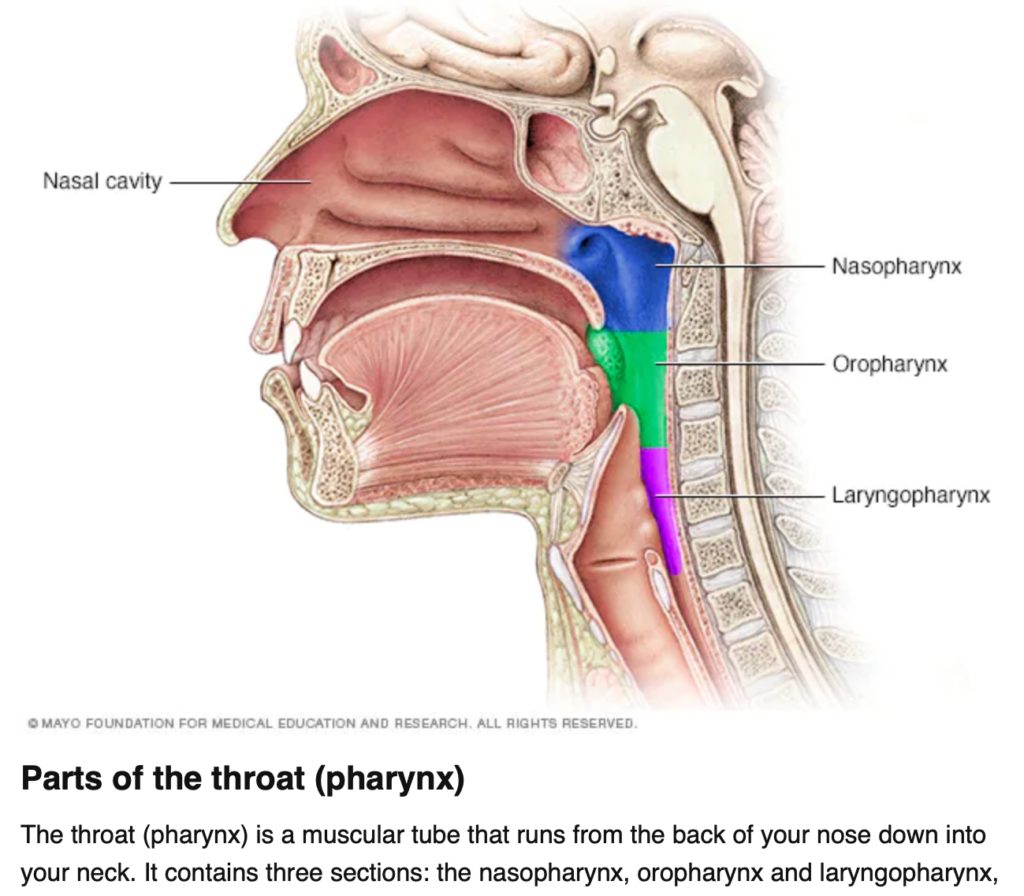
The blend of head and chest voice is THE trickiest of all coordinations. Singing octave, One and a half octave (Rossini) scales in pharyngeal tones adds a 3rd resonator into the ‘mix’ which gives the listener the illusion that you’re singing in a heavier coordination because of the brassy quality of this tone.
Low/Neutral Larynx Position and Why it’s Important

Musical pitch is affected by the tension in your vocal folds, shape of your vocal tract and facial muscles, height for depth of your soft palate, the quality of your vocal exercises and the height or depth of the position of your larynx.
This is why we need to keep the larynx (marked by the front point of your Adam’s apple) as neutral as possible. The tendency for the larynx to hike up or reach will distort every vowel sound. Making a slightly dopey or yawning sound while singing is the start of a low larynx.
Here is a short tutorial on keep the larynx neutral or slightly low, while relaxing facial muscles to maximize tone quality.
Vocal Sirens Exercise
The siren exercise is one of the easiest ways to find head voice and smooth over any breaks from head to chest voice and can be done simply sliding up and down in your natural range from chest voice to head voice smoothly! Furthermore, a siren exercise warms up all notes in the range with even dynamics.
Other Benefits of Vocal Exercises Besides Singing and Voice Acting
- Anyone who uses their voice for a living: singers, actor, politician, news anchor, sales executive, school teachers and motivational speakers can all benefit from doing vocal warm ups. No music education is needed—though is can only help—to benefit from singing lessons.
- Other side benefits include a better flow to your speech, especially when tongue twisters throw you off.
- Emotional, psychological and spiritual health through doing more than listeing to music. Becoming music fills the soul, relaxes the mind and eases stress in a surprisingly effective manner.
- Confidence is all areas of life. When you sing well, speak well or express yourself with a broad range and diverse tone….. PEOPLE LIKE YOU BETTER. Your personality can shine through when tongue twisters, tight throats and lack of tone aren’t holding you back.
- Increase of popularity. C’mon…. we all know how we view people with compelling voices. This one is a no brainer. Most people judge your looks by your appearance. But they judge your personality by your voice—whether singing or speaking.
Less anxiety and Improved Mental Stability
As mentioned above, music is a de-stressing power. Scientists and musicologists have come together for decades—informally for centuries—to study the effects of music on the human psyche.
Understanding musical frequencies has taught us that certain tone qualities, keys, notes, chord combinations and melodies actually bring either agitation, healing, excitement, romance, anger, sadness, reminiscing, a vast drain or increase of energy and emotional fulfillment.
One method of punishment in prisons was to have no music education or music playing where prisoners could hear it. This goes beyond punishment to torture!!
We know historically, that the ‘chain gangs’ would sing while working. This was a source of joy and in many cases pure bliss for the men. Music was needed to free them from a worse prison, the absence of melody.
Better Posture
Singers, dancers, athletes, actors and pianists are just some of the people who HAVE to exercise a good posture for the best performance. Bad posture robs us of energy, efficiency of muscle usage and overall health. Doing vocal warmup exercises will remind us daily to maintain better posture.

Conclusion
Amateurs take tips…. and so they should. But pro’s train with a plan. Become VIP member today to get the best vocal warm ups and the most effective training courses ever produced.
Or call or email us to book a one on one session with one of our certified coaches:
booking@singingsuccess.com
615-866-1099
We can’t wait to hear your sing!


